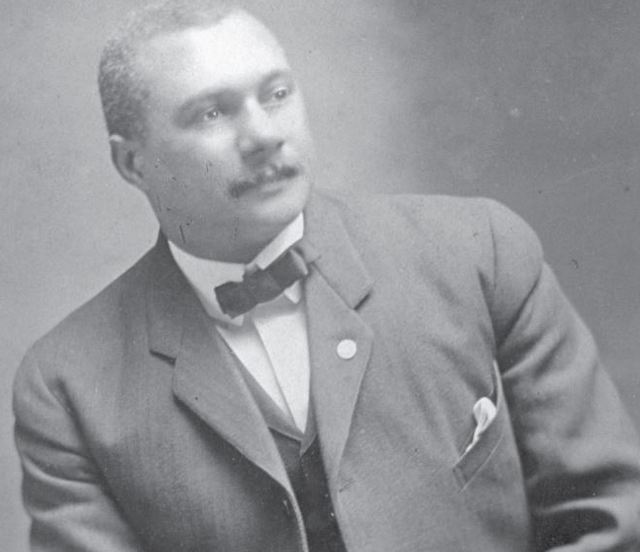[ad_1]

By Sean Yoes
AFRO Baltimore Editor
[email protected]
According to historians, about 1,500 Black men, in a tattered country just a few precious years out of the so-called, “peculiar institution” of American slavery, were elected to political office throughout the Southern States that once made up the Confederacy.
However, the border state of Maryland, which was not subject to the post-Civil War federal government apparatus of Reconstruction witnessed no elected Black politicians during the era.
It wasn’t until more than a decade after Reconstruction was dismantled in 1877, when Maryland witnessed the ascension of the state’s first Black elected official, the pioneering lawyer Harry Sythe Cummings.

Cummings, a Republican in a state dominated by Democrats, was elected to the Baltimore City Council in 1890 (to 1892) to the 17th Ward. He also served on the Council from 1897 to 1899, and from 1907 to 1919. But, he had already been a trailblazing figure prior to his Council victory.
Cummings was only the third Black lawyer admitted to the Maryland Bar in 1889 and was just one of two Black graduates from the University of Maryland Law School (he obtained his undergraduate degree at Lincoln University), before the school shut its doors to Black people for 50 years.
But, before his death in 1917, Cummings would become one of the most dominant Black Republican leaders and effective legal strategists in the state. In 1904, he seconded the presidential nomination of Theodore Roosevelt at the National Republican Convention in Chicago, and delivered a speech in support of the nomination.
The home that he shared with his wife Blanche Teresa Conklin and their two children at 1318 Druid Hill Ave., in Old West Baltimore, also served as a gathering space for political organizing. In 1912, Cummings hosted the 17th Ward Organization at 1318 Druid Hill, where Baltimore Republicans met to endorse President William Howard Taft. Prior to living at the house at 1318 (the family moved there in 1911), the Cummings family lived at 1234 Druid Hill Ave., (they moved there in 1898). It was later known as “Freedom House,” because it was the location for the local chapter of the NAACP.
Cummings was a consistent voice of resistance as Baltimore crafted the first housing segregation ordinances against Blacks in the nation, when Mayor Barry Mahool signed it into law on May 15, 1911.
“An ordinance for preserving peace, preventing conflict and ill feeling between the White and Colored races in Baltimore City, and promoting the general welfare of the city by providing, so far as practicable, for the use of separate blocks by White and Colored people for residences, churches and schools,” the law read. Cummings also fought against the repeated attempts in 1904, 1908 and 1910 to disenfranchise Black voters and to deny insurance to Black homeowners.
And according to Larry S. Gibson in his book, Young Thurgood: The Making of a Supreme Court Justice, Cummings was the first Black man in Baltimore’s history to be honored with the flag over City Hall flown at half staff when he died. At his funeral thousands attended, Black and White, including many of the most influential leaders from around the state.
[ad_2]
Source link
